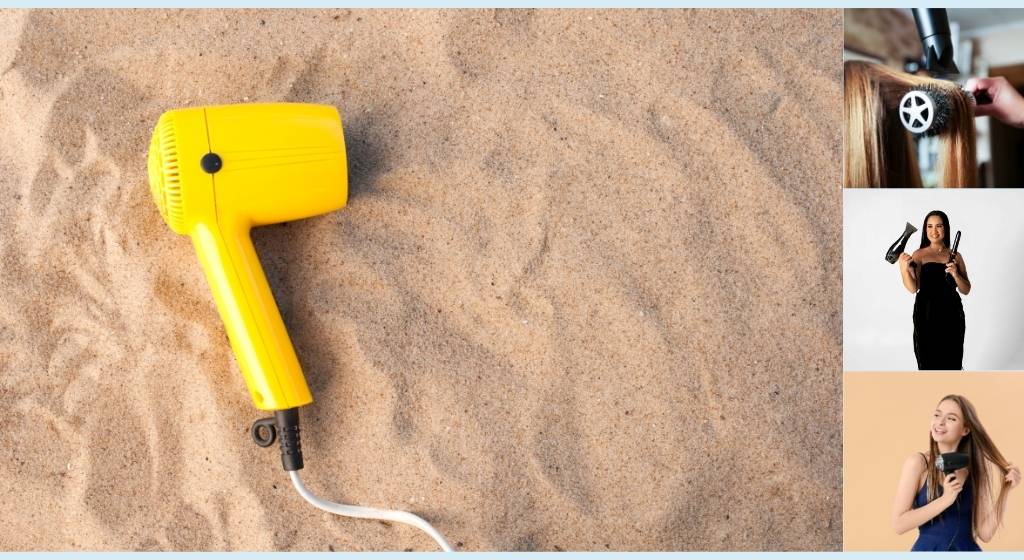Related Keywords:
Heating element for dryer
Samsung dryer heating element
Maytag dryer heating element
Whirlpool dryer heating element
Kenmore dryer heating element
Amana dryer heating element
Introduction
Fundamental in producing heat to adequately dry clothes is a dryer heating element. Your Samsung, Maytag, Whirlpool, Kenmore, or Amana dryer will perform better and last longer if you know how to choose the proper heating element, fix typical problems, and replace broken components. Technical specifications, brand-related insights, and practical maintenance advice abound in this guide.
How Heating Elements in Dryers Function
Using resistive heating, dryer heating elements transform electricity into heat. Most materials are either stainless steel or nichrome wire (nickel-chromium alloy) resistant to temperatures up to 1200°C.
Key components:
Coiled design: Maximizes surface area for even heat distribution.
Ceramic or mica barriers help to insulate layers, therefore preventing heat loss and electrical shorts.
Safety devices, thermal fuses melt should temperatures surpass safe limits—that is, 300°F.
Power requirements:
Home dryers operate on 240 volts and 30 to 50 amps.
Depending on capacity and efficiency, wattages vary from 4,000W to 9,000W .
For example, the mix of air and steam from dual heated elements in Samsung’s EcoBubble™ dryers reduces drying time by 25%.
How to Choose a Heating Element for the Dryer
Selecting the right heating element for dryer requires matching specs to your appliance:
Key considerations:
(1) Voltage and wattage
Check your dryer’s voltage (120V or 240V) and wattage in its manual or on its nameplate.
Most eight-kilogram dryers use a 240V, 5,000W element.
(2),Compatibility:
Maytag Part #123456 match component numbers Whirlpool Part # ABC789).
Look for OEM (Original Equipment Manufacturer) vs. alternatives on the aftermarket.
(3),Material:
Stainless steel: Ideal for humid conditions, resists corrosion.
Coated nichrome helps to avoid rust but might wear faster.
(4) Energy efficiency:
Search for components having thermal insulation to help cut energy waste.
Tip: Use the manufacturer’s website or apps (e.g., Sears PartsDirect) to verify compatibility for brands like Kenmore or Amana.
Common Dryer Heating Element Brands & Models
Each brand has unique specifications and common failure points:
| Brand | Part Number Example | Key Features |
|---|---|---|
| Samsung | DV428FEBPWW | Dual-element system for low/high heat |
| Maytag | 12008502 | Heavy-duty nichrome for high-capacity loads |
| Whirlpool | 8301327 | Self-cleaning coating to resist lint |
| Kenmore | 468792 | High-efficiency design (ENERGY STAR®) |
| Amana | AR14838EW0 | Anti-arc technology for safety |
Pro Tip: Always cross-reference part numbers with the manufacturer’s catalog to avoid mismatches.
How to Troubleshoot Dryer Heating Elements
Symptoms of a faulty heating element:
No heat or inconsistent drying.
Burning smell or charred lint.
Tripped circuit breaker.
Testing steps:
(1),Unplug the dryer and separate the exhaust hose.
(2), reach the heating element by removing the rear panel.
(3), visually inspect: Search for cracks, melting, or corrosion.
(4),Test with a multimeter:
Continuity test: A functioning element shows continuity (beeping).
Resistance test: Calculate expected resistance (R = V²/P).
Example: A 240V, 5,000W element should read ~11.5 ohms.
Common failures:
Open circuit: Element burned out (resistance = infinity).
Short circuit: Resistance drops below 5 ohms (internal insulation failure).

How to Change a Dryer Heating Element
Step-by-step manual:
(1)Turn off power at the circuit breaker.
(2)Remove the rear panel using a screwdriver.
(3)Disconnect wires attached to the old element (label for reassembly).
(4)Unscrew the element using a 7/16″ socket wrench.
(5)Install the new element, ensuring tight connections and proper seating.
(6)Reassemble and test with a load of towels.
Tools needed: Screwdrivers, socket wrench, multimeter, gloves.
Cost-saving tip: Replace thermal fuses and igniters simultaneously if they show wear.
Future Trends in Dryer Heating Technology
Innovations improving efficiency and safety:
Infrared Heizelemente: Faster heat transfer (e.g., LG’s SmartThinQ™ dryers).
Smart diagnostics: WiFi-enabled dryers detect element wear via apps.
Eco-friendly designs: Recyclable ceramic elements (Bosch’s EcoSilence™).
The global dryer market is projected to grow at 5.2% CAGR through 2030 (Statista), driven by energy efficiency regulations.
FAQ: Heating Element for Dryer FAQs
- Can I use a Samsung dryer heating element in a Maytag dryer?
No—elements are brand-specific due to voltage, wattage, and connector differences. - How long do dryer heating elements last?
Usually 8 to 12 years. Frequent use in hard water regions could reduce lifetime. - Why would my dryer smell like burnt plastic?
A failing element or melted insulation likely caused overheating. Replace immediately. - Can I repair a cracked heating element?
No—cracks compromise safety. Always replace the entire element. - 240V and 120V elements: what’s the difference?
240V elements handle higher loads faster and are standard in modern dryers. - Where to buy authentic Maytag dryer heating elements?
Purchase from authorized dealers like Parts Town or the manufacturer’s website.
Über Zhongshan Jinhong Electric Heating Tech Co., Ltd.
As a leading heating element for dryer manufacturer, we supply OEM/ODM solutions to Samsung, Maytag, and more. Our expertise includes:
✅ Custom dryer heating elements with 0.1mm precision
✅ 10-year lifespan testing under UL 2157 standards
✅ Global shipping with 2-year warranty
✅ Anti-corrosion coatings for humid climates
Contact our engineers for prototypes or bulk orders.


